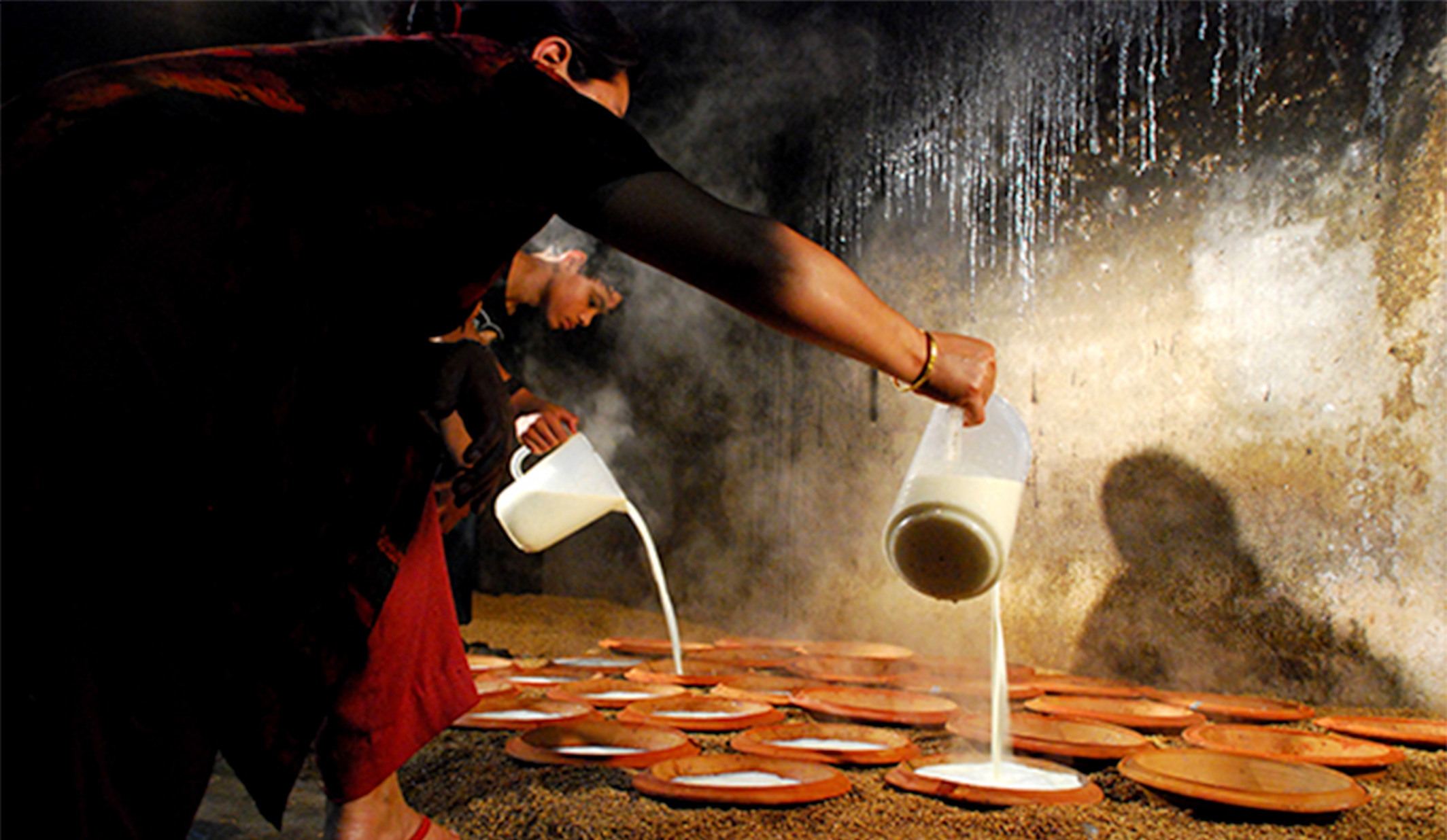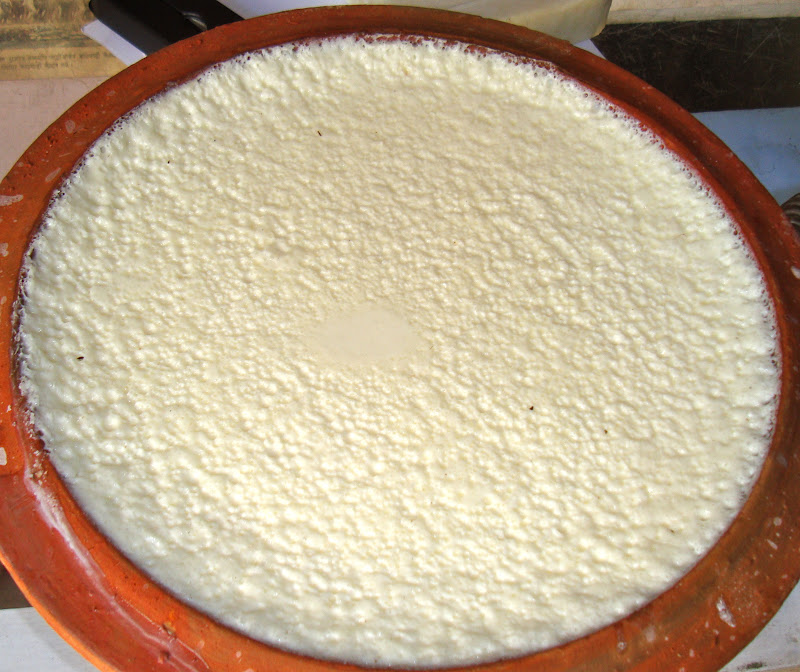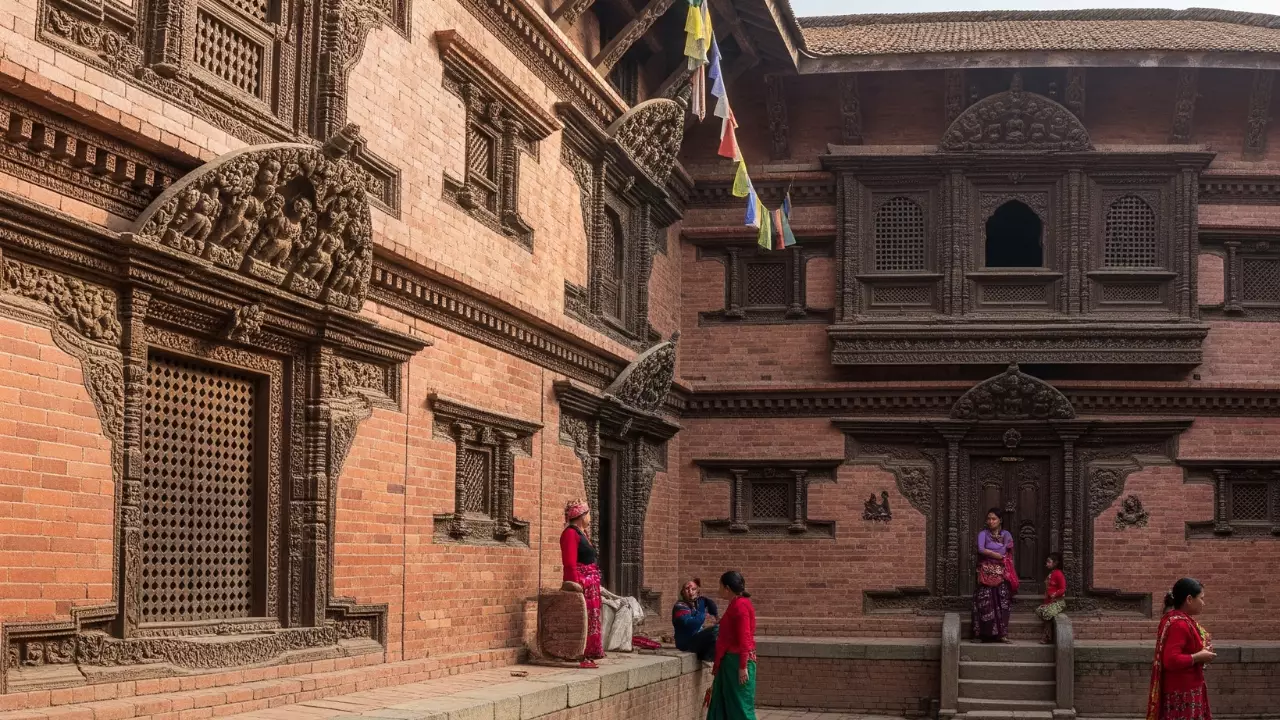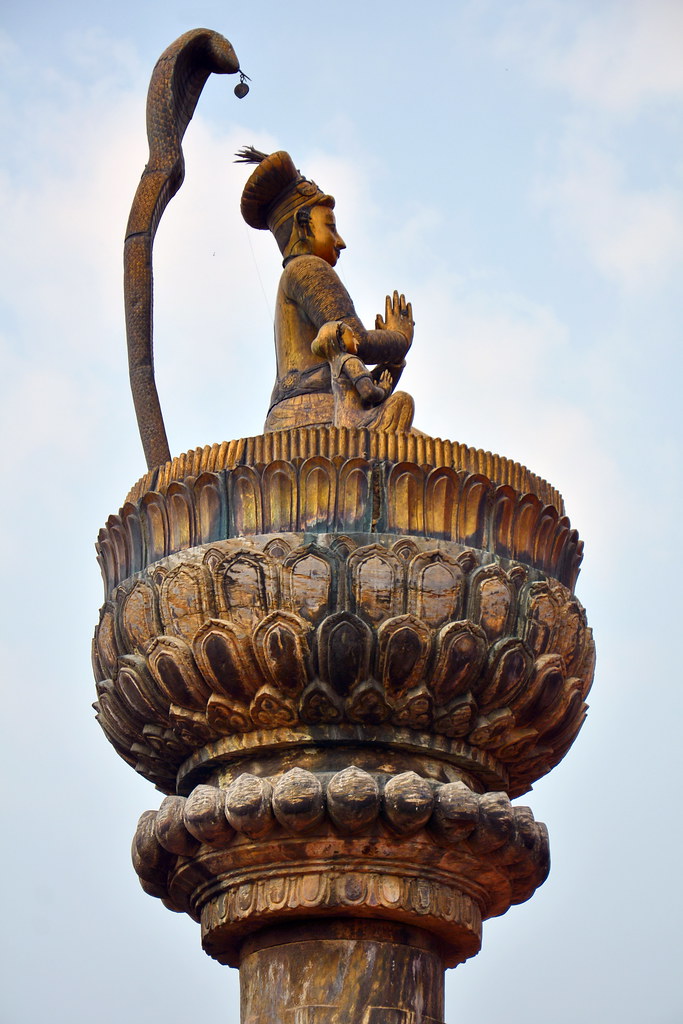Share this Article
Introduction
Juju Dhau, literally translating to "King of Yogurt" in the Newari language, is a renowned delicacy in Nepal, particularly among the Newar community of the Kathmandu Valley. More than just a dairy product, Juju Dhau holds cultural, religious, and culinary significance that has spanned centuries. This rich, creamy yogurt is central to many rituals, festivals, and everyday meals, revered not only for its taste but also for its symbolic presence in Nepalese society.
Cultural Origins and Significance
The origins of Juju Dhau are deeply rooted in the ancient traditions of the Newar people, the indigenous inhabitants of the Kathmandu Valley. The Newars have long been associated with rich culture, architecture, festivals, and culinary delights, and Juju Dhau is a notable part of this heritage.
Juju Dhau is more than just food; it plays a sacred role in the cultural and religious practices of the Newar community. It is commonly used in various festivals, marriage ceremonies, and rituals like Mha Puja (a self-purification ritual celebrated during Newari New Year). It symbolizes purity, prosperity, and good fortune and is often offered to deities as a sacred food or prasad. No Newar feast is complete without serving Juju Dhau, and it remains a hallmark dessert during major events, from family gatherings to public festivals.
The dish is also believed to be an auspicious offering, symbolizing the sweetness and richness of life. In traditional Newar wedding ceremonies, it is served to both the bride and groom, symbolizing a sweet start to their new journey together.
What Makes Juju Dhau Special?
Juju Dhau stands out from regular yogurt due to its thick, creamy texture, distinct flavor, and method of preparation. The yogurt is traditionally made using buffalo milk, which gives it a richer and creamier consistency compared to cow's milk yogurt. Buffalo milk contains higher fat content, making the yogurt more luscious and indulgent.
Another defining feature of Juju Dhau is its terracotta container, locally known as a kataura. These earthen pots are porous, allowing some of the moisture to evaporate during the fermentation process. This results in a thicker, richer yogurt compared to the ones set in non-porous containers. The clay pot also imparts a subtle earthy flavor to the yogurt, enhancing its taste and aroma.
The yogurt is traditionally sweetened with a small amount of sugar, which, along with the natural sweetness of the milk, creates a delicate flavor balance. The result is a smooth, mildly sweet, and firm yogurt that retains its shape even when scooped out of the pot.

How Juju Dhau is Made
While the process of making Juju Dhau is simple in principle, it requires patience, the right ingredients, and an understanding of traditional techniques.
- Milk Selection: The process starts with selecting high-quality buffalo milk. If buffalo milk is not available, cow’s milk can be used, but the result will be less creamy.
- Boiling: The milk is heated until it reaches a gentle boil. This process helps to concentrate the milk and kill any bacteria that might interfere with the fermentation process.
- Cooling and Sweetening: Once the milk reaches a boil, it is allowed to cool down to a lukewarm temperature. At this stage, sugar is often added to provide sweetness, though not enough to overpower the natural taste of the yogurt.
- Starter Culture: A small amount of dahi (yogurt culture) from a previous batch is added to the milk as a starter culture. This step is crucial, as it introduces the bacteria needed for fermentation.
- Setting in Terracotta Pots: The mixture is poured into earthenware pots (kataaro) and left to ferment for several hours, usually overnight, in a warm place. The porous nature of the pots helps reduce excess moisture, creating the thick consistency that Juju Dhau is known for.
- Fermentation and Cooling: After the yogurt has set, it is placed in a cool area or refrigerated to stop the fermentation process. Once chilled, Juju Dhau is ready to be served.

Occasions and Festivities Featuring Juju Dhau
Juju Dhau is an essential part of many Newar festivals and ceremonies, most notably:
- Yomari Punhi: During this festival, celebrated by the Newars to mark the end of the rice harvest, Juju Dhau is served alongside yomari (a steamed dumpling filled with molasses or sesame seeds).
- Indra Jatra: One of the largest festivals in Kathmandu, honoring Lord Indra, Juju Dhau is served as a special treat to participants and visitors alike.
- Weddings and Rituals: Juju Dhau is a staple at Newari weddings, where it is often presented in elaborate displays. It is considered auspicious and is believed to bring sweetness and prosperity to the newlywed couple.
- Family Gatherings and Feasts: In traditional Newari households, no feast is complete without serving Juju Dhau. It is typically offered at the end of meals as a dessert, sometimes accompanied by fruits or other sweets.
Modern-Day Availability and Popularity
In modern times, Juju Dhau has transcended its cultural roots and is enjoyed across Nepal and beyond. The city of Bhaktapur, a historical town in the Kathmandu Valley, is particularly famous for its authentic Juju Dhau. Visitors to Bhaktapur can find vendors selling the yogurt in small earthen pots, freshly prepared in the traditional style.
With the rise of tourism, Juju Dhau has also become popular among international visitors to Nepal. It is often touted as a "must-try" local delicacy and has even gained attention from food enthusiasts and bloggers worldwide. As the popularity of Nepali cuisine grows globally, Juju Dhau has started appearing in Nepali restaurants and festivals abroad, often featured alongside other traditional dishes.
Health Benefits of Juju Dhau
Beyond its rich flavor, Juju Dhau offers numerous health benefits. As a fermented dairy product, it is rich in probiotics, which promote gut health and aid digestion. The high fat content of buffalo milk provides a good source of energy, while also being packed with essential nutrients like calcium, protein, and vitamins. The natural fermentation process makes Juju Dhau a healthy addition to any diet, provided it is consumed in moderation.
Comparison: Juju Dhau vs. Greek Yogurt
While both Juju Dhau and Greek yogurt are creamy, fermented dairy products, they differ in several key aspects, from their texture and flavor to their preparation methods and cultural significance. Yogurt lovers who are familiar with Greek yogurt will find Juju Dhau to be a unique and delightful experience.
-
Texture and Consistency:
Juju Dhau is significantly richer and creamier than Greek yogurt, primarily because it is made from buffalo milk, which has a higher fat content. The fermentation in porous terracotta pots also allows excess moisture to evaporate, giving Juju Dhau a thick but smooth texture that melts in the mouth. Greek yogurt, on the other hand, gets its thickness from being strained multiple times to remove the whey, which also makes it denser and more concentrated in terms of protein content. Juju Dhau has a more indulgent and velvety feel compared to the slightly denser and sometimes grainy texture of Greek yogurt. -
Flavor Profile:
Juju Dhau has a naturally sweet and mild flavor, enhanced by a small amount of sugar and the earthy notes imparted by the clay pots. Greek yogurt, by contrast, tends to be tangier and has a slightly sour flavor due to the way it is processed. The sweetness in Juju Dhau is subtle and balanced, making it more dessert-like compared to the tangy punch of Greek yogurt, which is often used in savory dishes or topped with honey and fruit. -
Ingredients and Preparation:
Juju Dhau’s use of buffalo milk sets it apart from Greek yogurt, which is typically made with cow’s milk. Buffalo milk is richer in fats and nutrients, which gives Juju Dhau its luxurious creaminess. Moreover, the use of traditional clay pots to set the yogurt imparts an earthy, almost artisanal quality to it, something that Greek yogurt lacks due to its modern industrial production. Greek yogurt is strained to achieve thickness, while Juju Dhau’s thick consistency comes naturally through the fermentation process and the evaporation of moisture in the terracotta container. -
Cultural and Culinary Experience:
Greek yogurt is often consumed as a versatile ingredient in both savory and sweet dishes, used as a base for sauces, smoothies, and breakfast bowls. Juju Dhau, however, is deeply embedded in the cultural fabric of Nepal and is usually enjoyed on its own or as a part of festive meals and rituals. The experience of eating Juju Dhau from a traditional earthen pot adds to its charm, making it a cultural experience as much as a culinary one.
Conclusion
Juju Dhau is not just a yogurt; it is a cultural symbol of Nepal's rich heritage, particularly that of the Newar community. Whether served during festivals, weddings, or simply as a refreshing dessert, its creamy texture, rich flavor, and cultural significance make it a beloved part of Nepali cuisine. From the terracotta pots of Bhaktapur to Nepali homes and restaurants worldwide, Juju Dhau continues to reign as the "King of Yogurt," a testament to the lasting tradition and culinary artistry of Nepal.
Categories:
History & Heritage
,
Lifestyle & Local Life
,
Food & Drink
Tags:







